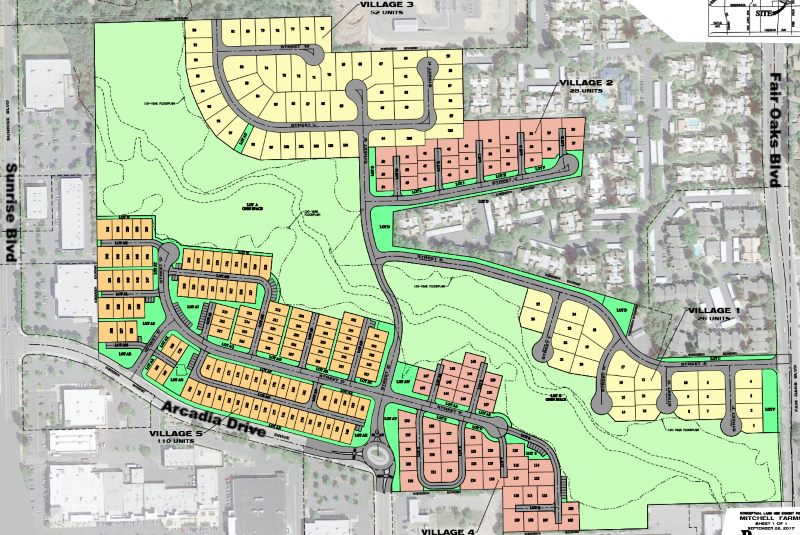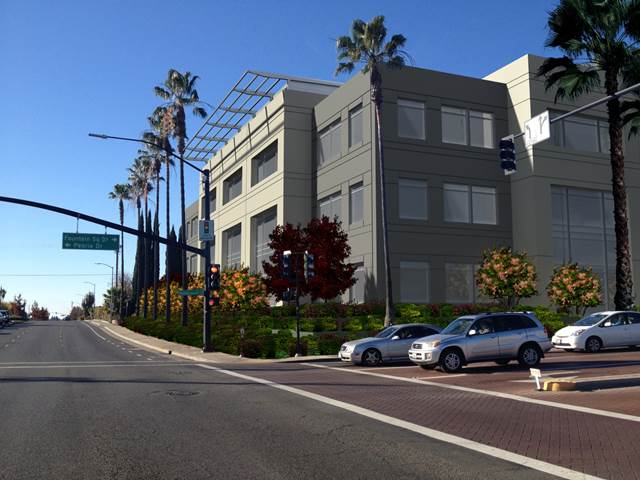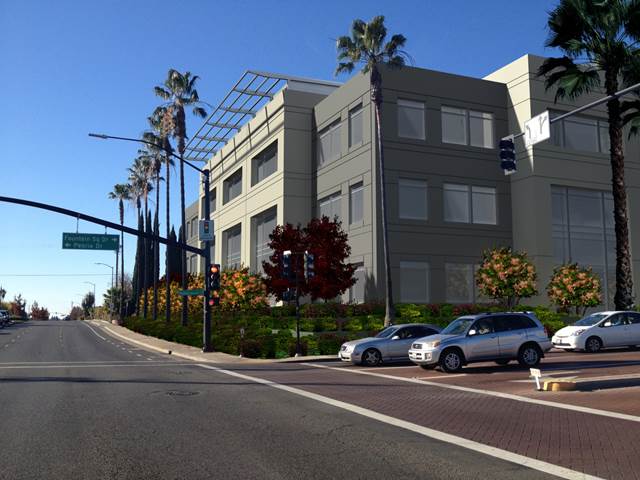
By Norman Hill–
To the protesters against public health restrictions: You object to the stay-at-home, social distance, business curtailment measures and public event cancellations as infringements on your liberty.
Yes, they are infringements, but for protecting our people from the threat of death from a highly contagious disease, these temporary restrictions should be seen as acceptable and necessary. In these circumstances, individual responsibility alone is not enough.
When a person can be infected and contagious and therefore dangerous to others while showing no symptoms, a person may be unaware of spreading the disease. Broad restrictions are needed to protect public health and are supported by our courts.
Consider the continental soldiers at Valley Forge during the American Revolution. They saw military discipline as acceptable, temporary restrictions on their personal freedom so they could form an effective army to protect our country. So now we need to accept temporary restrictions as necessary to protect the lives of our fellow citizens from COVID-19.
And to our governors, mayors, public health officers, and other public officials adopting the current restrictions, also think back to Valley Forge. The drillmaster, Baron von Steuben, commented on how American soldiers were different.
He observed that when soldiers from other countries are told to do something, they do it. When American soldiers are told to do something, they ask why. After you tell them why, then they do it.
Citrus Heights business owners ‘in limbo’ awaiting end to virus shutdowns
Von Steuben’s observation still holds true about Americans, and not just our soldiers. In designing public health restrictions on our activities, remember that you need to be ready to explain why to the public.
For most of the restrictions currently in place, the why is clear with a deadly disease that is spread mostly by airborne droplets of varying sizes from coughing, sneezing, or just talking. But there may be some restrictions that are difficult to explain.
If you cannot tell the people why a restraint is necessary, perhaps you should not impose the restraint. Consider the vital importance of public acceptance of the restrictions and observe that our most respected leaders right now are the ones who explain why.

Norman Hill is a Citrus Heights resident and a retired natural resources and environmental lawyer with the State of California.
Have a different perspective on this topic or another local issue? The Sentinel welcomes letters to the editor and guest opinion columns on local issues from Citrus Heights residents. Click here to submit one.









